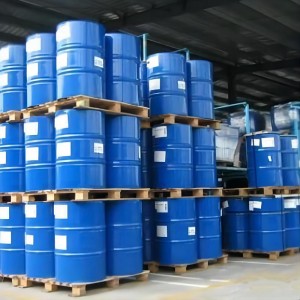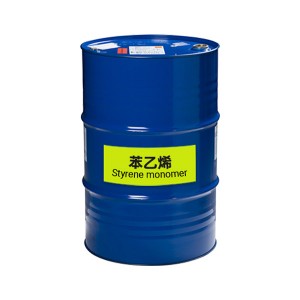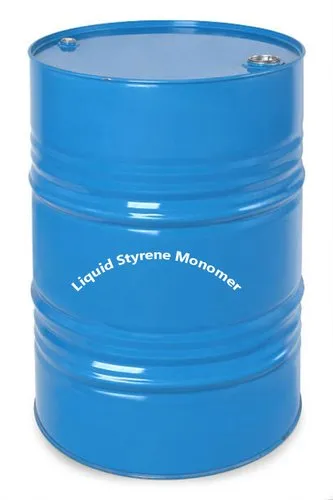
Products
Acrylonitrile market analysis
Acrylonitrile market analysis,
Acrylonitrile For ABS Resins, Acrylonitrile For NBR, Acrylonitrile For SAN, Acrylonitrile For Synthetic Rubbers, SAR Raw Material,
Product Features
|
Product Name |
Acrylonitrile |
|
Other Name |
2-Propenenitrile, Acrylonitrile |
|
Molecular Formula |
C3H3N |
|
CAS No |
107-13-1 |
|
EINECS No |
203-466-5 |
|
UN NO |
1093 |
|
Hs Code |
292610000 |
|
Molecular weight |
53.1 g/mol |
|
Density |
0.81 g/cm3 at 25℃ |
|
Boiling point |
77.3℃ |
|
Melting point |
-82℃ |
|
Vapor pressure |
100 torr at 23℃ |
|
Solubility Soluble in isopropanol, ethanol, ether,acetone, and benzene Conversion factor |
1 ppm = 2.17 mg/m3 at 25 ℃ |
|
Purity |
99.5% |
|
Appearance |
Colorless transparent liquid |
|
Application |
Used in the manufacture of polyacrylonitrile, nitrile rubber, dyes, synthetic resins |
Certificate of Analysis
|
Test |
Item |
Standard Result |
|
Appearance |
Colorless transparent liquid |
|
|
Color APHA Pt-Co :≤ |
5 |
5 |
|
acidity(acetic acid)mg/kg ≤ |
20 |
5 |
|
PH(5% aqueous solution ) |
6.0-8.0 |
6.8 |
|
Titration value (5% aqueous solution ) ≤ |
2 |
0.1 |
|
Water |
0.2-0.45 |
0.37 |
|
Aldehydes value(acetaldehyde)(mg/kg) ≤ |
30 |
1 |
|
Cyanogens value (HCN) ≤ |
5 |
2 |
|
Peroxide(hydrogen peroxide)(mg/kg) ≤ |
0.2 |
0.16 |
|
Fe (mg/kg) ≤ |
0.1 |
0.02 |
|
Cu (mg/kg) ≤ |
0.1 |
0.01 |
|
Acrolein (mg/kg) ≤ |
10 |
2 |
|
Acetone ≤ |
80 |
8 |
|
Acetonitrile (mg/kg) ≤ |
150 |
5 |
|
Propionitrile (mg/kg) ≤ |
100 |
2 |
|
Oxazole (mg/kg) ≤ |
200 |
7 |
|
Methylacrylonitrile (mg/kg) ≤ |
300 |
62 |
|
Acrylonitrile Content(mg/kg) ≥ |
99.5 |
99.7 |
|
Boiling range (at 0.10133MPa),℃ |
74.5-79.0 |
75.8-77.1 |
|
Polymerization inhibitor (mg/kg) |
35-45 |
38 |
|
Conclusion |
The results conform with enterprise stand |
|
Package and Delivery
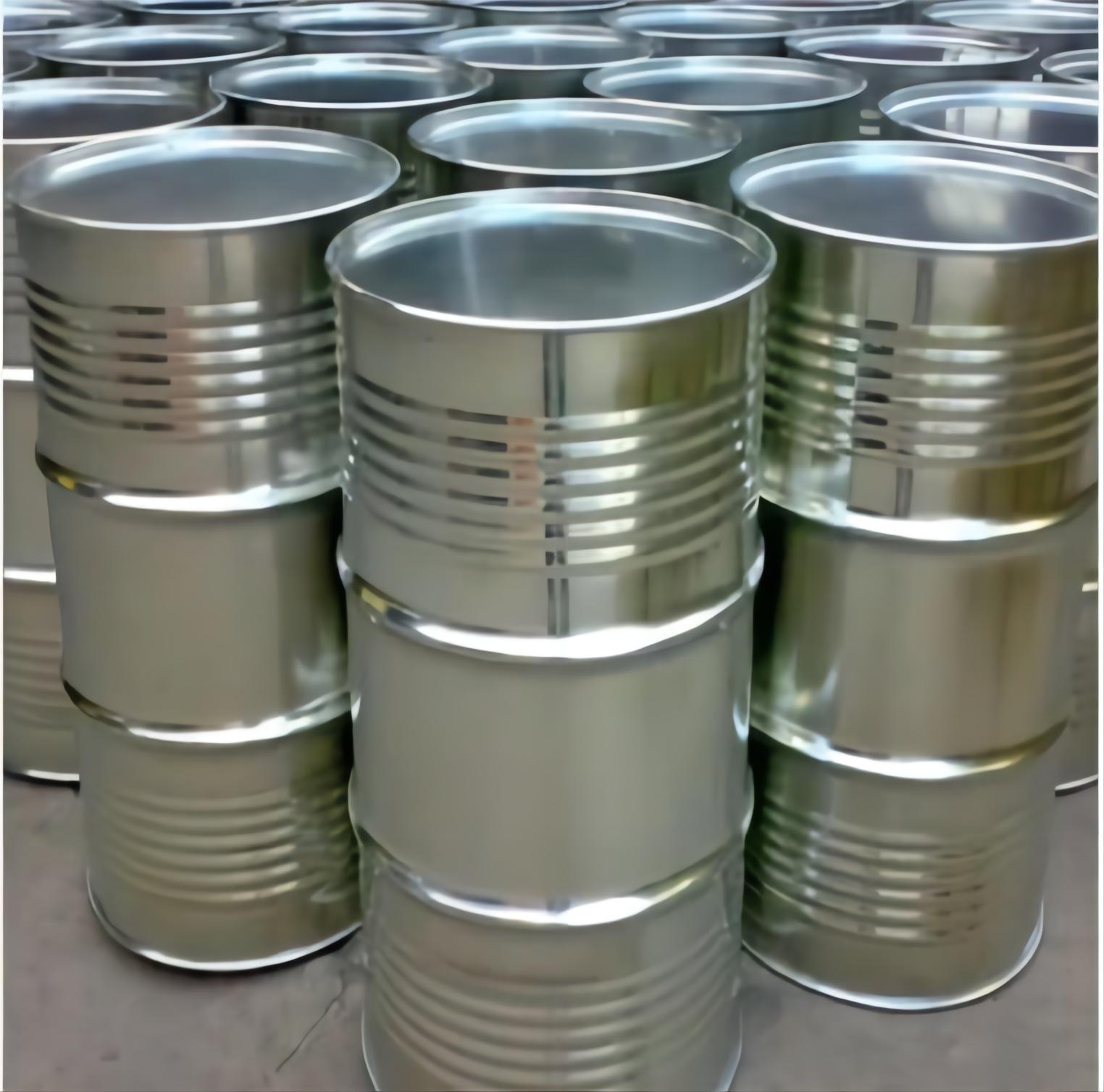
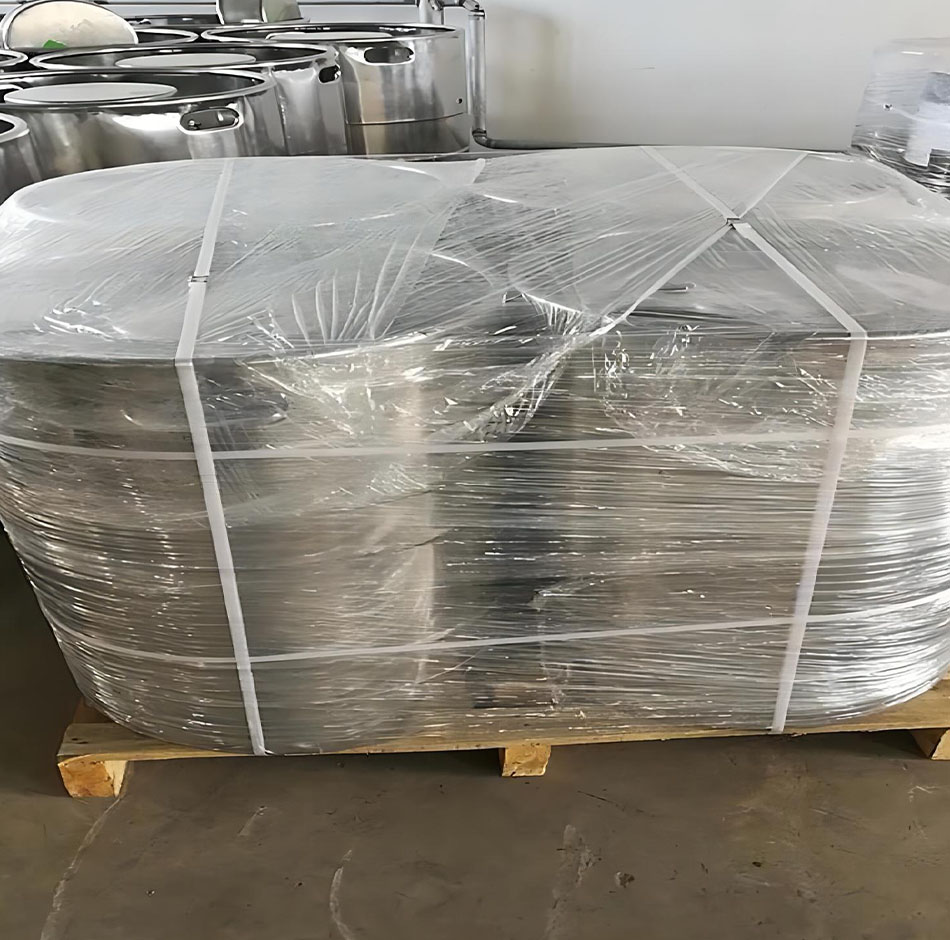
Product Application
Acrylonitrile is produced commercially by propylene ammoxidation, in which propylene,ammonia, and air are reacted by catalyst in a fluidized bed. Acrylonitrile is used primarily as a co-monomer in the production of acrylic and modacrylic fibers. Uses include the production of plastics, surface coatings, nitrile elastomers, barrier resins, and adhesives. It is also a chemical intermediate in the synthesis of various antioxidants, pharmaceuticals, dyes, and surface-active.
1. Acrylonitrile made of polyacrylonitrile fiber, namely acrylic fiber.
2. Acrylonitrile and butadiene can be copolymerized to produce nitrile rubber.
3. Acrylonitrile, butadiene, styrene copolymerized to prepare ABS resin.
4. Acrylonitrile hydrolysis can produce acrylamide, acrylic acid and its esters.
Acrylonitrile is a colorless, clear, and transparent liquid manufactured by the reaction of ammonia, air, and propylene in presence of a high-temperature catalyst. Acrylonitrile is used in various chemicals such as acrylonitrile butadiene styrene (ABS), acrylic fibers, styrene-acrylonitrile resins (SAR), nitrile rubber, and carbon fibers, among others.
According to Researcher, the Global Acrylonitrile market is expected to witness a moderate growth rate during the forecast period. The major factors responsible for the global Acrylonitrile market’s growth are increasing demand from the automotive industry. The increased plastic consumption in electronics, coupled with the growing electrical and electronics industry, is further going to catalyze the growth of the market.
The Asia-Pacific region is forecasted to be the largest regional market segment for Acrylonitrile. Increasing demand for automobiles, home appliances, electrical and electronic gadgets, and dynamic economic development in India and China are the driving factors in these regions.
In terms of segmentation by the end-user industry, the global Acrylonitrile market is dominated by the automotive industry. Acrylonitrile butadiene styrene (ABS) is used in numerous automotive applications, such as dashboard components, instrument panels, door liners and handles, and seat belt components. Increasing use of plastics in automobiles to reduce the weight of the vehicle in order to reduce carbon emissions and improve vehicle efficiency drives the demand for ABS in the automotive industry and, consequently, Acrylonitrile.
In terms of segmentation by application, Acrylonitrile butadiene styrene (ABS) is the segment with the largest market share in the Acrylonitrile market. Its desirable properties, such as strength and durability at low temperatures, resistance to chemicals, heat, and impact, find application in consumer appliances, electrical and electronics, and automobile industries.
The Global Acrylonitrile market is consolidated. Major companies in the market were found to be INEOS, Ascend Performance Materials, Asahi Kasei Corporation, Mitsubishi Chemical Corporation, Sumitomo Chemical Co., Ltd, and Sinopec Group, among others.
Global Acrylonitrile Market report provides deep insight into the Acrylonitrile market’s current and future state across various regions. The study comprehensively analyzes the Acrylonitrile market by segmenting based on Application (Acrylic Fiber, Acrylonitrile Butadiene Styrene (ABS), Polyacrylamide (PAM), Nitrile Butadiene Rubber(NBR) and Other applications), End-user industries (Automotive, Electrical and Electronics, Construction, Packaging, and Others) and Geography (North America, Asia-Pacific, South America, Europe, and Middle-East and Africa). The report examines the market drivers and restraints and the impact of Covid-19 on the market growth in detail. The study covers and includes emerging market trends, developments, opportunities, and challenges in the industry. This report also extensively researched competitive landscape sections with major companies’ profiles, including their market shares and projects.



